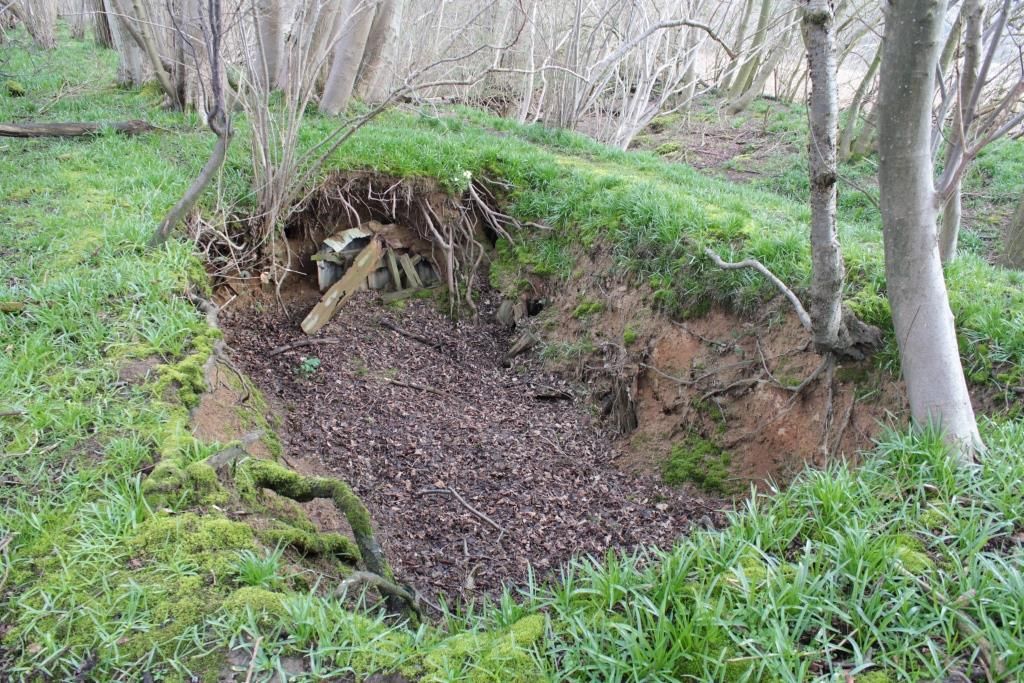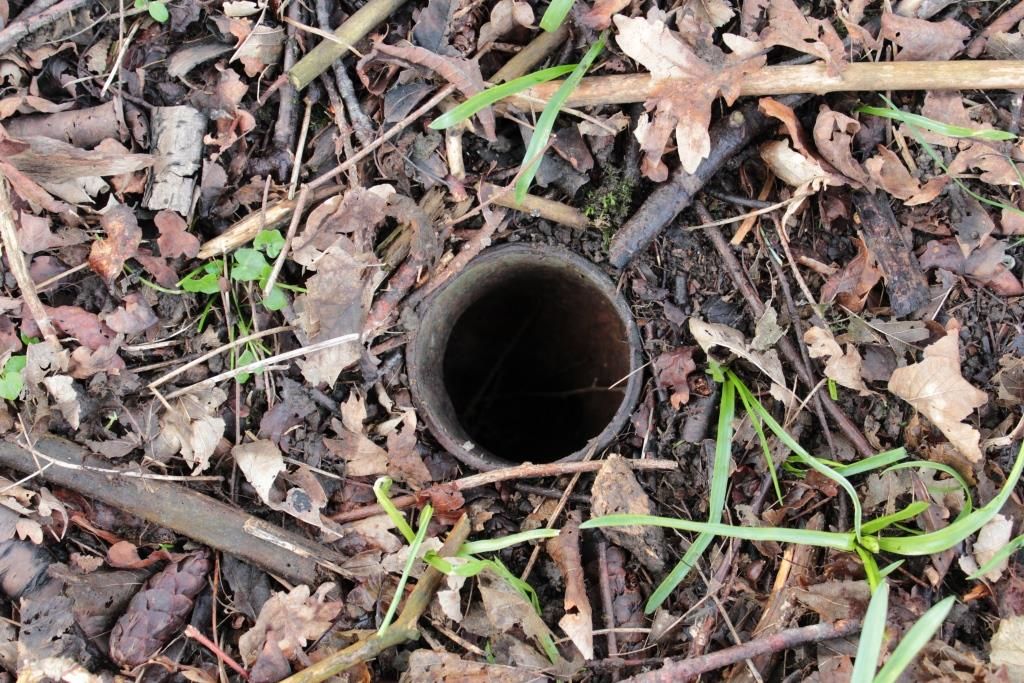Wiston is a scattered village in West Sussex and was dominated by the Estate of Wiston Park.
| Name | Occupation | Posted from | Until |
|---|---|---|---|
| Lieutenant Harold Webley | Dairy & arable farmer |
01 Sep 1940 | 03 Dec 1944 |
| Private Frank Clifford Crumpler | Gamekeeper |
31 May 1940 | 03 Dec 1944 |
| Private Herbert William Deane | Gamekeeper |
21 Aug 1940 | 03 Dec 1944 |
| Private John Frederick Neville Grange | Chartered land agent. Farm overseer for Wiston Estate |
07 May 1940 | 03 Dec 1944 |
| Private John Heath | Farmer |
07 Jun 1940 | 03 Dec 1944 |
| Private Wilfred John How | Farmer |
24 Jun 1940 | 03 Dec 1944 |
| Private William Edward Sanderson | Chauffeur |
11 Apr 1942 | 13 Jul 1943 |
| Private Basil Vernon Sayers | Master draper |
09 May 1942 | 13 Jul 1943 |
| Private John Scragg | Assistant schoolmaster |
03 Jul 1942 | 03 Dec 1944 |
| Private Alfred Thomas Small | Gamekeeper & woodsman |
16 Sep 1940 | 03 Dec 1944 |
| Private Albert Warner | General worker, mixed fruit farm |
10 May 1940 | 03 Dec 1944 |
The Operational Base has now collapsed.
Ron Crumpler, son of Auxilier Frank Crumpler, recalled the OB. 'The base was constructed by the Royal Engineers and, on completion, a local Canadian army unit was charged with the task of locating it within a designated mile square. They failed. The entrance was concealed by a weathered tree trunk with a splintered top, a 12 to 15 in diameter trunk and some 20 to 25 ins high'.
'We never entered the base due to safety concerns. There was at least one telephone equipped outpost, wired in a manner so as to frustrate the location of the base by means of the telephone wires. The base was located about a mile or so north of Wiston House, on the opposite side of the A283'.
The Patrol also had what they termed a 'forward store' containing extra supplies of food, ammunition and explosives. The store remained fully stocked until well after the war and was regularly checked. It was built by the Royal Engineers near the top of a chalk pit west of the River Adur near Coombes. The chalk pit was used to dispose of the spoil excavated. It measured 12 ft square and was 8 ft high with a small camouflaged hatch as an entrance.
Wiston Patrol
Ron Crumpler, son of Auxilier Frank C Crumpler, recalled some targets as Shoreham Airfield; 'where seven planes were 'destroyed' with no Auxiliers detected. My father commented that it was a long way across the airfield and back on ones belly, particularly with time set fuse sticks in your pockets.
Also the Canadian Army Camp at Wiston House. No Auxiliers were detected. A rifle was removed from a billet and later returned to the camp commander with the Patrol's complements. The guards walked up and down. When two met, one advised the other that the auxiliaries were like “snakes in the grass.” How true that guard was, my father could have touched them both'.
Other targets were various radar stations.
Buried at the side of the road leading into Steyning were 50 gallon drums filled with inflammable mixture. The Patrol would have detonated these drums when a German convoy was passing.
All targets were notified of the night on which the attacks were to take place, presumably to enhance the level of defence to that expected of the Germans under invasion conditions.
All the Patrol went to Coleshill to train. It is assumed they trained at the regional HQ at Tottington Manor. Local training was carried out around the Wiston Estate. On the night of one of the 'raids' on the Canadians at Wiston House, Jack Webley's wife, who was on a visit with the Women's Institute, managed to turn off all the electricity to help them.
Lieutenant Webley was known to have gone to Scotland to take part in specialist training.
Jean Scragg remembered her husband and the rest of the Patrol using burnt cork to blacken their faces before going out on a nights training exercise. Soon after they went out she would hear explosions from their activities in the area.
A couple of boys from Steyning Grammar School, where John Scragg was a teacher, found phosphorus bombs by Wiston Pond. Seeing what they thought were a couple of crates of Ginger Beer hidden in the rushes they went to investigate. The boys threw a bottle against a tree and were excited to see them go up in smoke and flames.
The next day they went back and threw one bottle in the air and hit with a branch, like a serve in tennis. This caused phosphorus to spray all over the boy and he jumped in the pond to damp the flames. Once phosphorus dries out it re-ignites so he had to be damped down from Mouse Lane stream on the run back to school. He started to smoulder again as he rushed up the High Street and just about managed to get back to school to jump in a bath. Matron was called and he took a long time to recover. Another school boy went to investigate and threw some at a wall. This boy went on to produce the trigger for the UK's Atom Bomb.
Jack Webley's Grandchildren found sticks of gelignite in one of the granaries at Fair Oak Farm. His wife and his odd-job man, Jack Carver, took the gelignite and assorted weapons and dumped them in the well at Fishpond Farm.
Ron Crumpler, son of Auxilier Frank C Crumpler, recounts; 'for obvious reasons, in the event of an invasion, the Auxiliaries families were to be evacuated well away from the area; those at Wiston, to Scotland. There was clearly a good level of camaraderie within the Patrol.
Their means of transport included an Austin 7 and a large American car. The Austin always went first. On encountering a hill, the Austin passengers reported that there would be a sudden surge of power as though God was giving the little car a hand!
On the rifle range, firing a round through the target marker pointing stick was seen as a bit of fun'.
Patrol members were all asked to volunteer to be parachuted into France as a pre-invasion plan. The men all declined, considering themselves unsuitable for such as ambitious plan.
THe National Archives WO199/3391
Hancock data held by CART
'Secret Sussex Resistance' by Stewart Angell
Ron Crumpler and his father's memories
George Barker and his book “Nudes at Breakfast”
Tony Abrahams
Simon Owen and Susan Howe

